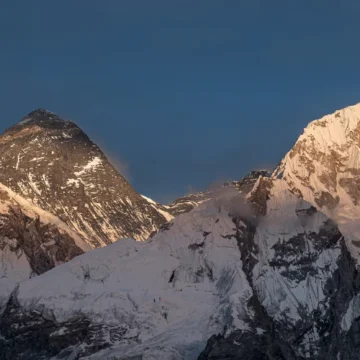
Mount Everest Death Zone: Facts, Challenges, and Survival Tips
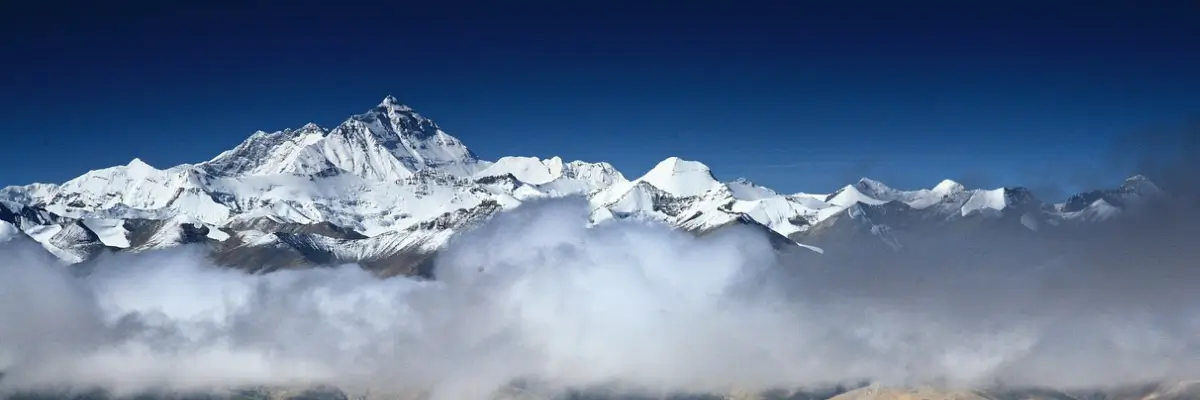
Table of Contents
Mount Everest, the world’s highest mountain, stands at a staggering height of 8,848.86 meters (29,030 feet) and has drawn adventurers and mountaineers worldwide. Despite its jaw-dropping beauty and the feeling of achievement in summiting it, Everest is infamous for its challenging ‘Death Zone’. The Everest Death Zone altitude starts from around 8,000 meters (26,247 feet). This region on Everest presents extreme challenges that test the limits of human endurance and instincts for survival.
Why is it Called the Death Zone on Everest?
Many mountaineers die above the altitude of 8,000 meters on Everest due to lack of oxygen, extreme cold climate, strong wind, exhaustion, altitude sickness, frostbite, hypoxia, etc. The critical part of the climb of Everest, which mountaineers find challenging, is known as the Death Zone.
The climatic conditions in the Death Zone are so extreme that no plant or animal can survive. The Everest Death Zone temperature is normally below -10°C, and the oxygen level is very thin. Sustaining life in such conditions is not favourable. Apparently, some of the mountaineers lose their lives while climbing the peak and many while returning.
Apart from them, the traffic of climbers makes it more challenging. Even the rescue at such an elevation is not simple.
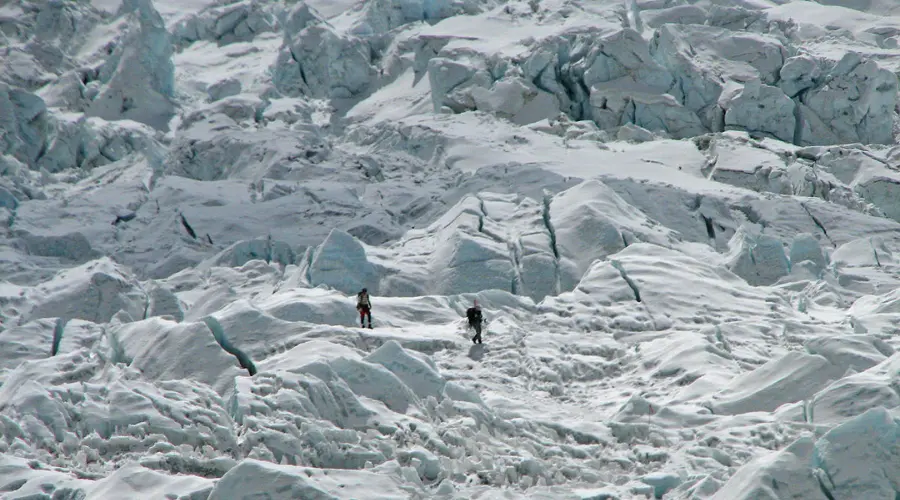
Mount Everest Death Zone’s Facts
- No plant or animal species is found in the Death Zone.
- Roughly 1 out of 25 who attempt Mound Everest die here.
- It is recommended that you can only stay alive for 16 to 20 hours in Death Zone.
- Most people die during descending than ascending.
- George Mallory’s body was found in 1999 in the Death Zone and disappeared in 1924. There is controversy about whether he was the first person to summit Everest.
- Mount Everest 1996 disaster in Death Zone took eight lives due to a single avalanche, and 12 altogether in the season.
- Hannelore Schmatz was the fourth woman to have summited Everest and the first woman to die in the Everest Death Zone.
- Scott Fisher (American mountaineer), David Sharp (British mountaineer), Rob Hall (New Zealand mountaineer), Shriya Shah-Klorfine (Nepali-born Canadian mountaineer), and many famous figures died here.
The Challenges in the Death Zone
The term ‘Death Zone’ describes the area where the atmospheric pressure is so low that there is insufficient oxygen to sustain human life for a long period. At sea level, the oxygen level is about 21%, but in the death zone, it drops to about a third of that, drastically reducing the oxygen available for breathing. This severe hypoxia (lack of oxygen) is climbers’ primary challenge while passing the Death Zone.
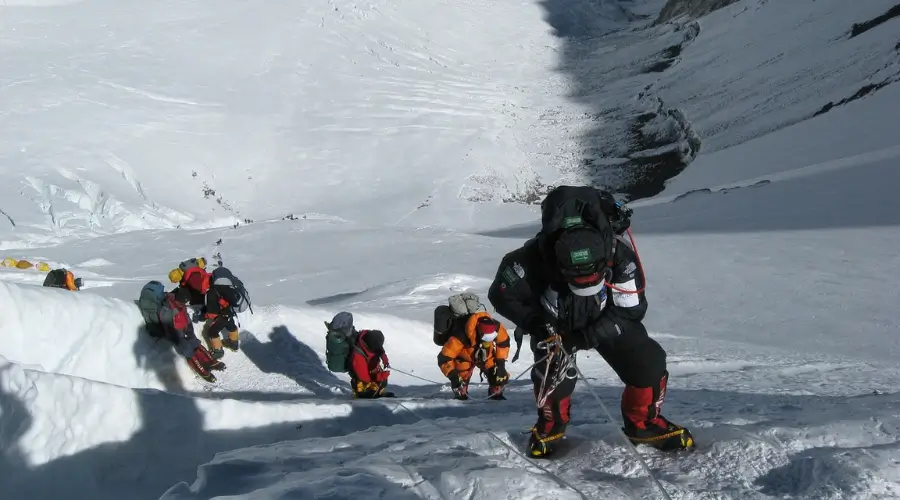
Physiological Challenges
In the death zone, the human body cannot acclimatize. Instead, it starts to get exhausted. One of the most visible signs is the incapability to make decisions. Climbers often experience confusion, memory loss, and hallucinations, which can be deadly when making critical and immediate decisions. The brain cannot function properly, leading to poor judgment and sometimes fatalities.
Hypoxia also causes physical exhaustion more rapidly. Every step requires more effort, and climbers often describe feeling as if they are “moving in slow motion.” The heart and lungs start to function rapidly to balance the required oxygen, resulting in increased heart and breathing rates. Despite these efforts, the body struggles to get the necessary oxygen, and climbers can suffer from altitude sickness.
Environmental Challenges
The death zone is not only defined by the lack of oxygen but also by extreme weather conditions. Temperatures can drop below -10°C or even lower; the cold wind can make it feel worse. This increases the chances of frostbite and hypothermia, even with the best protective gear. Sudden weather changes are one thing that you do not want to face while climbing Mt Everest.

Avalanches and falling ice are also significant risks. The Khumbu Icefall, located below the death zone but still part of the strenuous ascent, is notorious for sliding ice towers and deep crevasses. In the death zone, climbers face steep, icy slopes and unstable large blocks of ice that can collapse without warning. These risks make the climb physically demanding and dangerous.
Psychological Effects
The death zone’s extreme conditions and remoteness from the outer world can be a problem for many. A minor mistake can result in death. The lack of oxygen affects mental clarity, making decision-making difficult. Many climbers report feelings of extreme loneliness and desperation at the terrifying presence of bodies of climbers who failed in the death zone. Often visible along the route, these bodies remind the climbers of dangers and the thin line between life and death.
Strategies for Survival
Carry Oxygen Cylinders
Climbers use various strategies to avoid the risks associated with the death zone. Supplemental oxygen is one of the most common aids, helping to overcome the effects of hypoxia. However, the weight of carrying oxygen tanks adds to the challenge. Additionally, the effectiveness of supplemental oxygen decreases with altitude, so it is not a guaranteed solution.
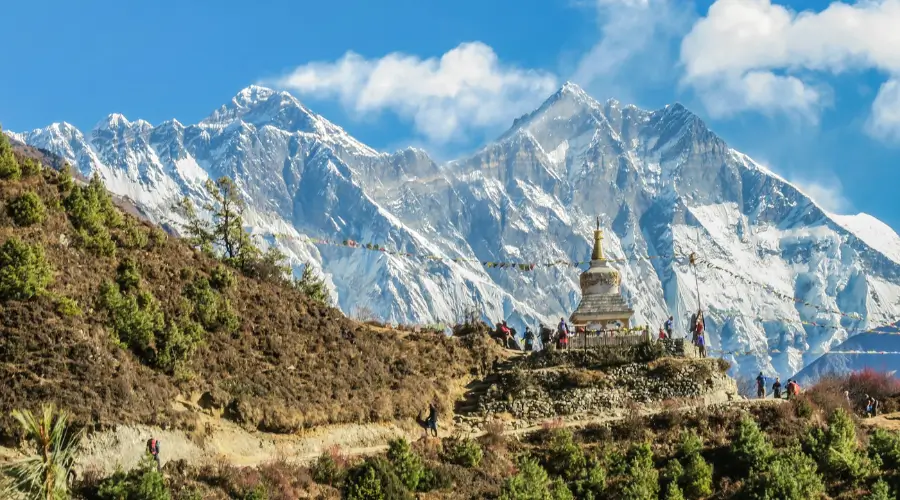
Acclimatization
Acclimatization is another critical factor in countering the dangers of altitude sickness and exhaustion. Climbers spend weeks ascending and descending the mountain to acclimatize to higher altitudes gradually. This process allows their bodies to produce more RBCs, which can carry more oxygen. However, acclimatization alone cannot get you past the conditions in the death zone.
Hire Guides and Sherpas
Experienced guides and Sherpas play a crucial role in climbers’ survival. They are important because of their knowledge of the terrain and conditions and their physical strengths. Sherpas carry supplies and set up camps, allowing climbers to summit Everest comfortably. Their experience can be crucial in saving a life in the Death Zone on Mount Everest.
Mount Everest Death Zone Dead Bodies
Until 2023/24, about 360 people have lost their lives on Mount Everest. Cold climate, low oxygen levels, and challenging landscapes are the culprits behind the death of mountaineers. Out of 25 climbers, one is likely to die in the Death Zone. The challenging conditions make rescue missions difficult; even the retrieval of dead bodies is inefficient and illogical. Those bodies stay buried under ice piles, such as the famous ‘Sleeping Beauty’ and ‘Green Boots’.
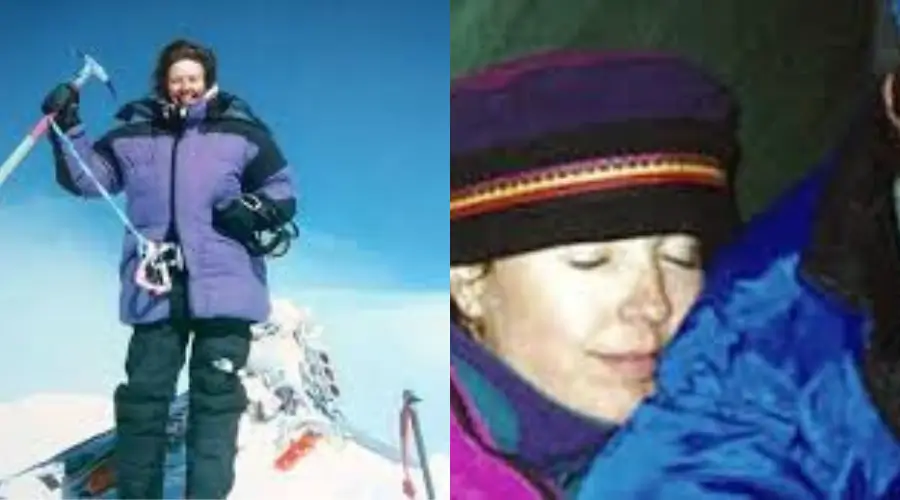
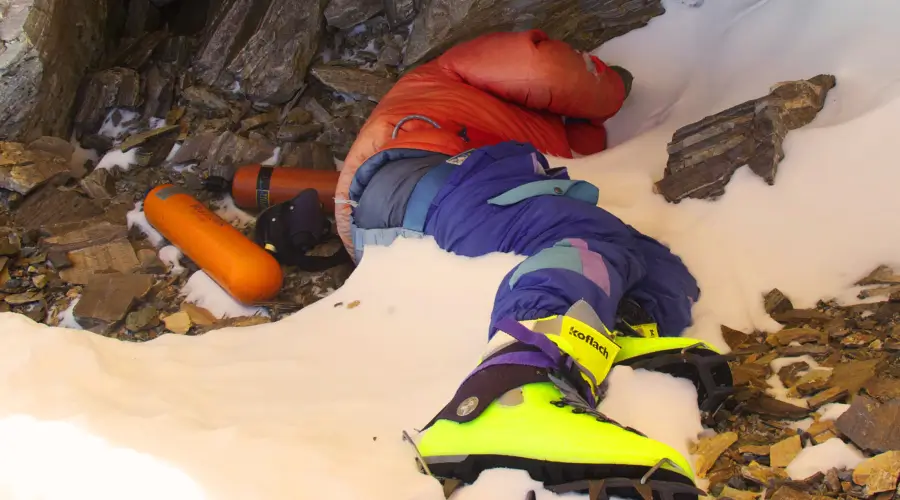
‘Sleeping Beauty’ is named after a climber, Francys Arsentiev, who passed away in 1998, and her body was found only after 9 years. Similarly, ‘Green Boots’ refers to an unidentified body found in 2014 in Death Zone. The body is believed to be of Tsewang Paljor, Indo-Tibetan police from India, who was lost at the summits in 1996.
Temperature in Everest Death Zone
The temperature in the Death Zone of Everest can drop below -20°C during winter or the coldest days. The extreme cold and freezing cold wind with a wind speed of up to 322 km/h. mountaineers tend to catch hypothermia, which increases the risk of frostbite. So, it is important to include warm clothes and other essential mountaineering gear in your Everest packing list. The death zone on Mount Everest is an unavoidable challenge that only experienced and iron-willed climbers can tackle. It tests your physical and psychological endurance and capability to make quick decisions. Those who aim to summit the world’s highest peak collect their hearts and set out on a journey that will be a memory of a lifetime. Standing on top of the world is a different feeling and fulfilment from the trip’s adventures, including the death zone.
Want to know more?
Speak to an Expert





Sandip Dhungana
Nepal 🇳🇵
Whatsapp: +977-9823636377


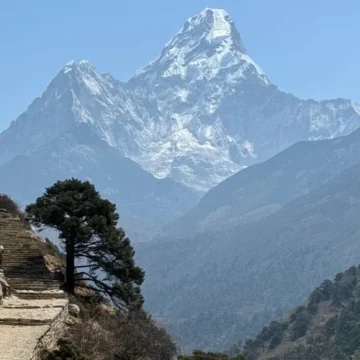
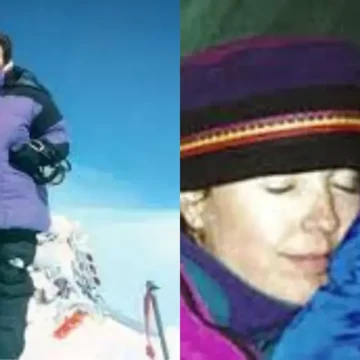

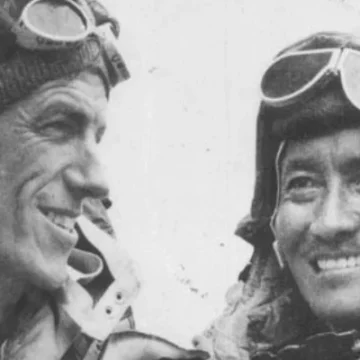

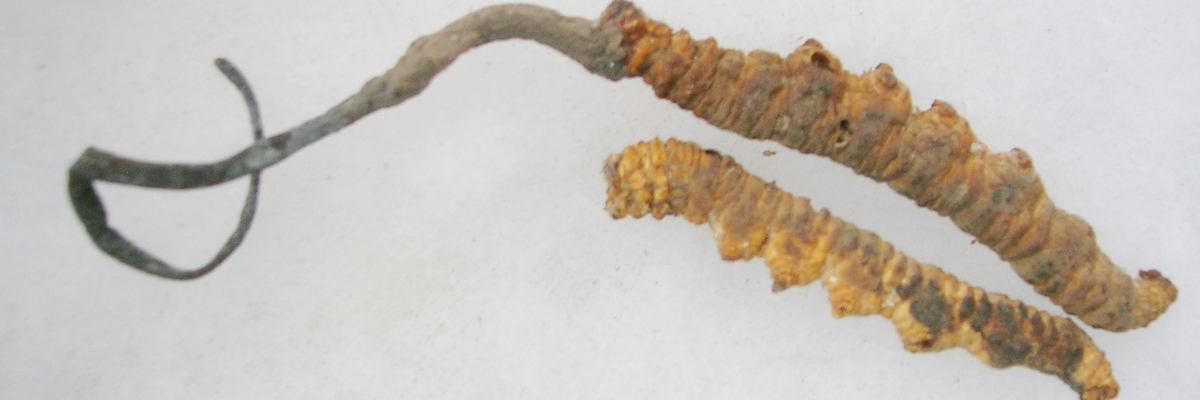
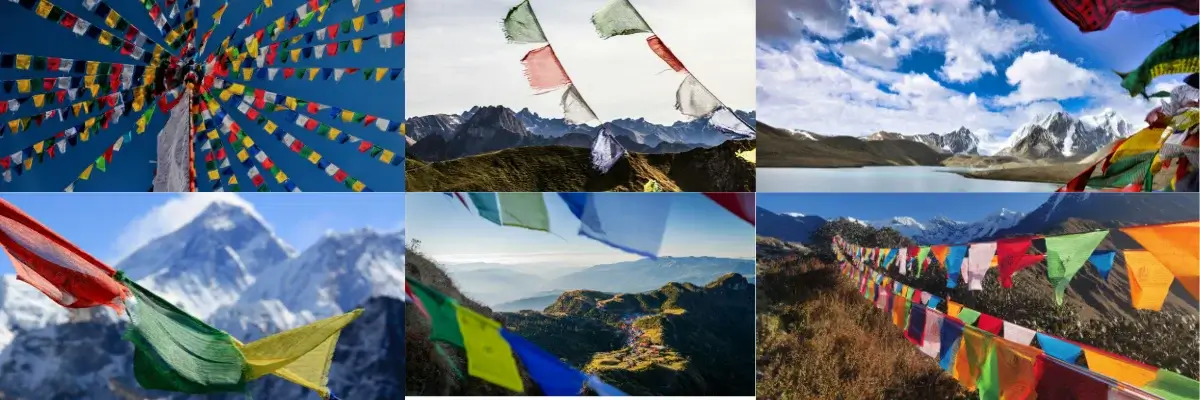

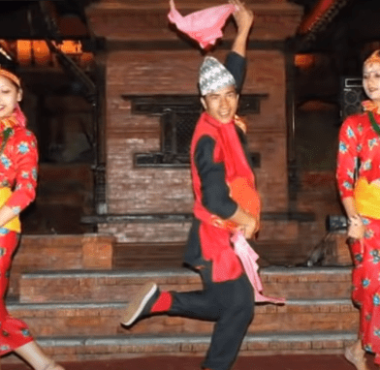









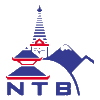


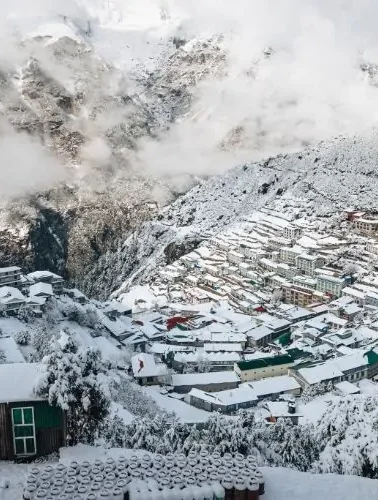
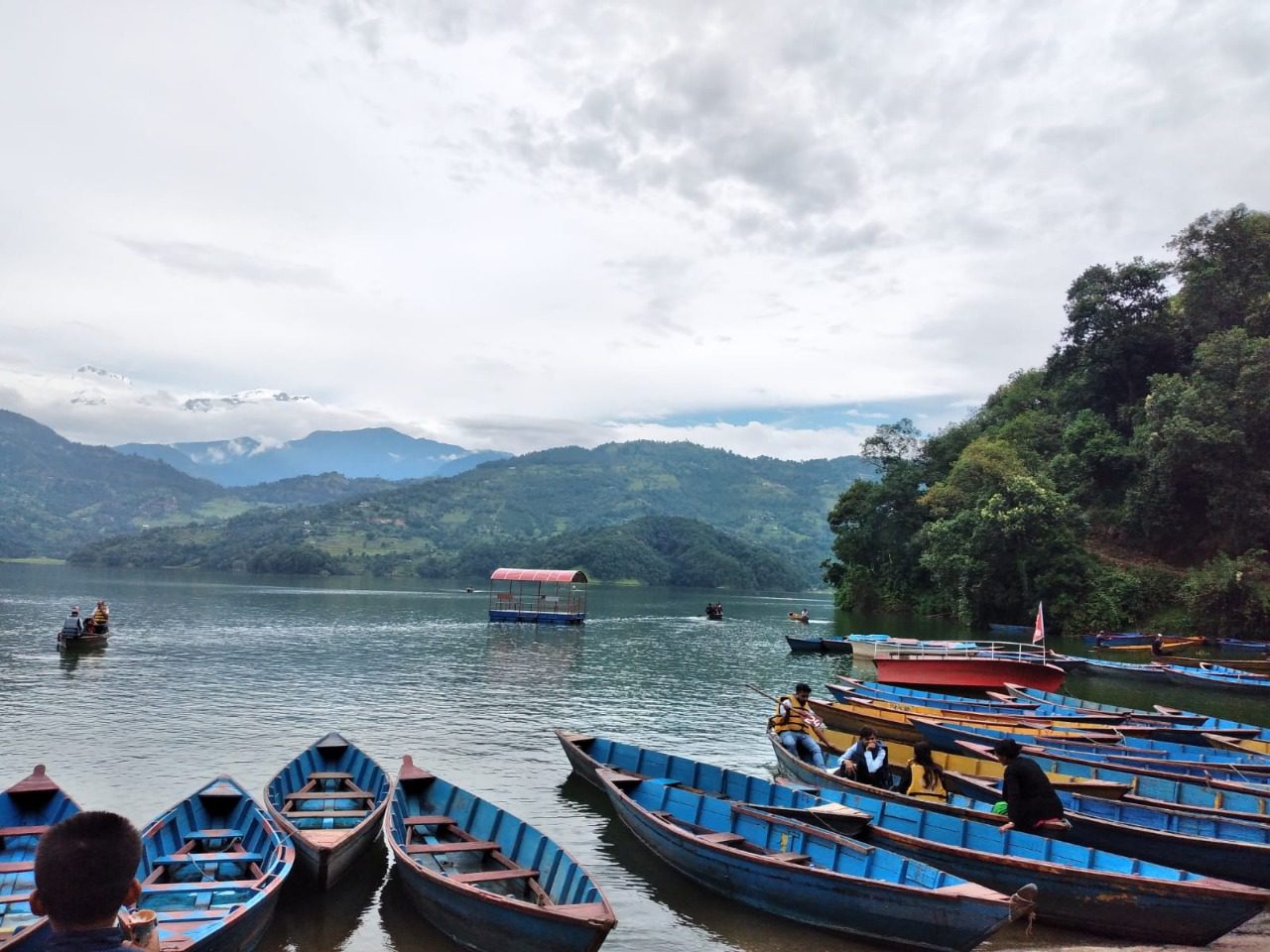
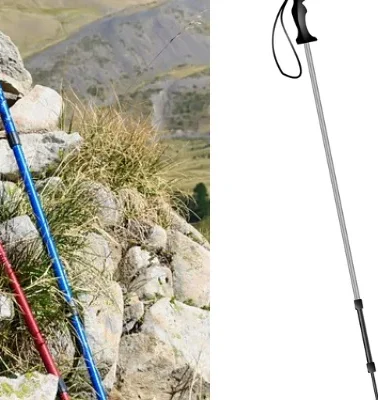
Leave Your Comment